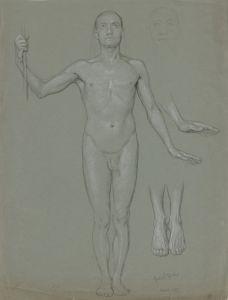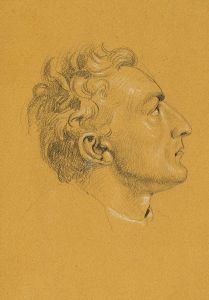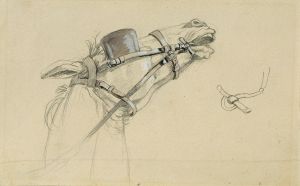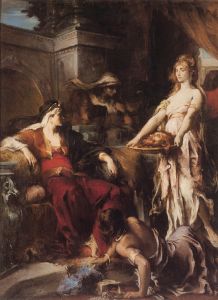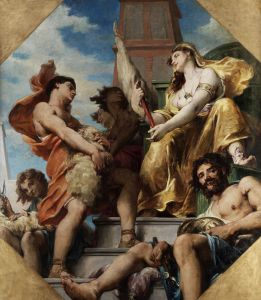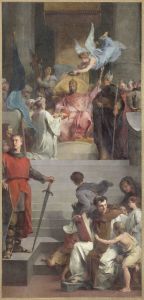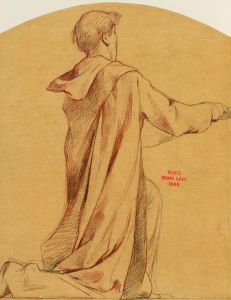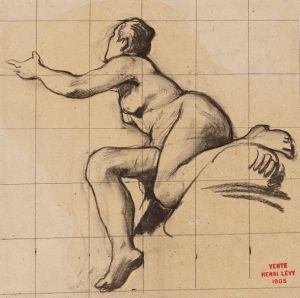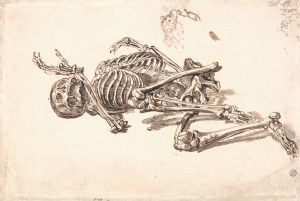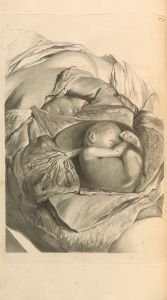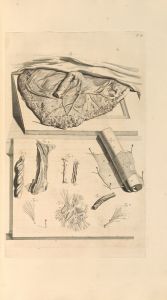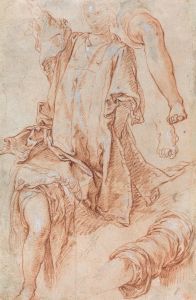
Etude pour un homme debout
A hand-painted replica of Henri Leopold Lévy’s masterpiece Etude pour un homme debout, meticulously crafted by professional artists to capture the true essence of the original. Each piece is created with museum-quality canvas and rare mineral pigments, carefully painted by experienced artists with delicate brushstrokes and rich, layered colors to perfectly recreate the texture of the original artwork. Unlike machine-printed reproductions, this hand-painted version brings the painting to life, infused with the artist’s emotions and skill in every stroke. Whether for personal collection or home decoration, it instantly elevates the artistic atmosphere of any space.
Henri Léopold Lévy was a French painter known for his works in the academic style, often focusing on historical and religious themes. Born in 1840 in Nancy, France, Lévy studied at the École des Beaux-Arts in Paris, where he was a pupil of François-Édouard Picot and Alexandre Cabanel, both prominent figures in the academic art scene of the 19th century. Lévy's works were regularly exhibited at the Paris Salon, a prestigious annual art exhibition, where he gained recognition for his skillful compositions and attention to detail.
"Etude pour un homme debout" is one of Lévy's studies, which translates to "Study for a Standing Man" in English. As the title suggests, this work is a study, indicating that it was likely a preparatory piece for a larger composition or a practice in capturing the human form. Studies like this were common among academic painters, who often created numerous sketches and smaller works to perfect their technique and composition before embarking on a final piece.
Lévy's approach to painting was deeply rooted in the traditions of academic art, which emphasized realism, precise draftsmanship, and the idealization of the human figure. His studies would have been exercises in understanding anatomy, proportion, and the play of light and shadow on the human body. These elements were crucial for creating lifelike and dynamic figures in his more elaborate historical and religious paintings.
While specific details about "Etude pour un homme debout" are limited, it can be inferred that the study reflects Lévy's dedication to mastering the human form, a central aspect of his artistic practice. Such studies were integral to the academic method, serving as foundational exercises that informed the artist's larger works. Lévy's oeuvre includes a variety of subjects, from mythological and biblical scenes to portraits and genre paintings, all of which demonstrate his commitment to the principles of academic art.
Lévy's career was marked by a number of accolades and official commissions, which attested to his standing in the art community of his time. He was awarded medals at the Paris Salon and received commissions for public works, including religious murals and decorations for public buildings. His ability to convey emotion and narrative through his paintings made him a respected figure in the art world of the late 19th century.
Despite the lack of extensive documentation on "Etude pour un homme debout," Lévy's legacy as an academic painter remains significant. His works continue to be studied for their technical proficiency and their embodiment of the artistic ideals of his era. Lévy passed away in 1904, leaving behind a body of work that reflects the rich tradition of academic painting in France.
In summary, while specific information on "Etude pour un homme debout" is scarce, it represents a typical example of Lévy's dedication to the academic study of the human figure, a practice that underpinned his successful career as a painter of historical and religious subjects.





